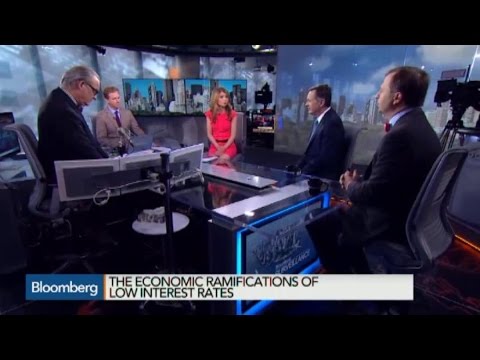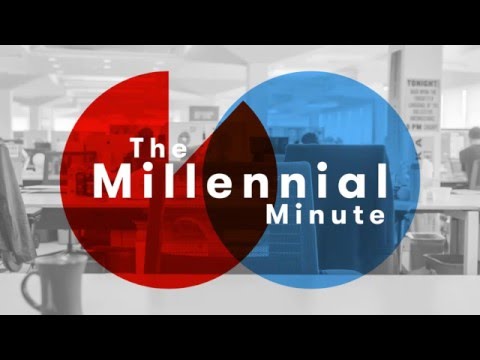Commerce is the process of exchanging goods and services on a large scale. Commerce is an important academic stream that imparts detailed knowledge related to economy, finance, accounting, and other topics which you can easily relate to daily lives. Specifically, the subjects included in this stream are Economics, Business Studies, Accountancy, and English along with a choice of Maths or Computer Science. It is a very important subject that will help students learn about how the business world actually works. Commerce overall is an essential component of national development and wealth creation which highly contributes to the economy of the country. Commerce education is mainly aimed at giving adequate knowledge about the wholesale trade, retail, export trade, import trade, and entire- port trade.

Create a cost sheet considering material costs, labor costs, and overhead costs. Unit costing applies to mines, oil rig units, cement factories, brick factories and unit manufacturing cycles, radios, washing machines, etc. It is a very complex calculation that uses layers of costs to account for significant changes in costs over time. This method is the most logically correct of all the process costing methods, and similarly, it is the hardest while the Weighted Average method is the easiest. The difference between job costing and process costing is that job costing is used for custom products, and process costing is used for mass-produced items that are the same or similar.
Product Costing:
This is used when a company produces in large batches but have a varied mix of products to which they cannot assign separate costs to. The cost per unit is determined by dividing the total cost at the end of each process by the number of output of each process. Process costing is based on average cost method, which is not that suitable for performance analysis, evaluation and managerial control.
- When the costs are predetermined on certain standards in a given set of operating conditions, it is called standard costing.
- After that these products are sold via the stock present.
- Direct and indirect expenditures are involved in these phases.
- If unit’s scrapped have any reliable value, the amount should be deducted from the cost of materials in the cost statement before dividing by equivalent production units.
The problem on equivalent production may be divided into four groups. US CPA is another course that provides global recognition to the candidates. US CPA is offered by an institute based in the United States. The course covers overall accounting topics apart from cost. Process costing can be more user-friendly than other costing techniques and aid businesses in identifying possible cost-saving opportunities.
Contract costing:
If the fixed cost is Rs. 5 per unit, the variable cost is Rs. 2 per unit and the selling price is Rs. 10, then the value of the contribution is ______. Examples of industries where this type of production occurs include oil refining, food production, and chemical processing. Waste is the portion of basic raw material that is lost in processing, with no recoverable value. It is also the same with the opening stock from the previous period as they were only halfway complete but then fully completed in the current period but not up to the full extent.
Further you can also file TDS returns, generate Form-16, use our Tax Calculator software, claim HRA, check refund status and generate rent receipts for Income Tax Filing. As per section 141 of the Companies Act, 2013, a person shall be eligible for appointment as an auditor of a company only if he is a/an _________. The cost auditor has to submit his report to the Board of Directors who in turn shall file it with the Central Government within _________.

Under this concept, costs are calculated over a fixed period of time, summarized, and then allocated to all the units produced during that period of time on a consistent basis. The purpose of contract costing is to see the costs incurred in each contract individually. Therefore, a separate account is provided for each contract.
With greater competition, tighter lead times, and higher customer expectations, manufacturers need to price products quickly and accurately. As businesses grow, it becomes harder than ever to track costs manually. Having a financial management solution, combined with manufacturing ERP, helps expanding manufacturers determine true product costs quickly, and ensure profitability. Overhead is made up of indirect expenses and is harder to calculate. Costs involved in overhead could include the cost of equipment, utilities, supervisor salary, etc.
So if production during that stage has 4 processes and 3 are completed, then the unit would be 75% complete which could be counted as an equivalent unit for the company. Moreover, under operation costing, conversion costs are applied to https://1investing.in/ products using a predetermined application rate. This predetermined rate is based on budgeted conversion costs. The total cost of each process is divided by the normal output of that process to find out cost per unit of that process.
Process costing:
A recommended approach in accounting is to carefully choose the approach that best suits your company’s needs. Direct Materials –These are the costs of the raw materials that were used to produce the units during the process. Weighted Average Costs – This is done by dividing the cost of goods that are available for sale by the number of products that are available for sale which will give you an average cost per unit. Products that have multiple extraneous features can benefit from process costing.
Separate accounts are maintained at each process to which expenditure incurred. At the end of each process the cost per unit is determined by dividing the total cost by the number of units produced at each stage. Hence, this costing is also called as “Average Costing” or “Continuous Costing”. Process Costing is used in the industries like manufacturing industries, chemical industries, mining works and public utility undertakings. In process costing, costs get assigned to unfinished goods at the beginning or end of an accounting period based on calculations of equivalent units.
Inventory is nothing but assets of organisation which requires investment. Think of being a trader of any commodity you will definitely feel the above words. So now we not only have to think on how much to invest in inventory but when to invest . We hereby only discuss how many units should one order i.e.
FAQs on Methods of Costing
After a production model is complete, the approximated sums are compared to the actual statistics, and the discrepancy is added to a deviation account. Generally employed by businesses that mass manufacture identical or highly identical goods or output units. This refers to a combination of two or more of the above costing methods.
Sometimes businesses use a flat rate, or a predetermined rate, to charge for overhead. A common example of an industry where process costing may be applied is “Sugar Manufacturing Industry. The majority of items of cost can ordinarily be identified with specific processes and collected and accumulated separately for each period. Under the First In, First Out method, the oldest costs are assigned to inventory items sold, regardless of whether the sold items were actually purchased at that cost. When the number of inventory items purchased at the oldest cost is sold, the next oldest cost is assigned to sales. It is the method used for the costing of operating a service such as Public Bus, Railways, Nursing home.
To get the total job cost you add the amounts you calculated in steps 1-3 together. That will provide you with the estimated total cost for the job. When the costs are predetermined on certain standards in a given set of operating conditions, it is called standard costing. This method is used for finding the cost of the provided service. The services used by the industries are the major users of this method.
Reasons Why External Audit and its Scope is Important to Business
Hence, conversion activity costs are accumulated on the basis of departments or processes only. Generally, the method of costing in commerce refers to a particular system of cost ascertainment and cost accounting. Each industry in the market differs in its nature, in the products they produce and sell, and the kind of services they offer. Hence, different types of methods of costing are utilized by various different industries in the market. Job costing and process costing are the two main types of basic methods involved in costing. In case of WIP there will be percentage of completion that will have to be looked into and equivalent units will have to be computed.
The accumulated cost of each process is transferred to subsequent process along with output. The output of the last process along with cost is transferred to the finished goods account. The quantity of output and costs are recorded in the respective process accounts. Both direct and indirect costs are collected for each process.
There are three types of process costing which can be used in different situations. The difference between debit and credit side shows the cost of production and output of that particular process which is transferred to the next process. Wastage, sale of scrap, by-products etc are reordered process costing is an appropriate method costing when producing on the credit side 0f the process account. The finished product of one process becomes the raw material of the subsequent process. Normally the output of one process is transferred to another process at cost but sometimes at a price showing a profit to the transfer process.